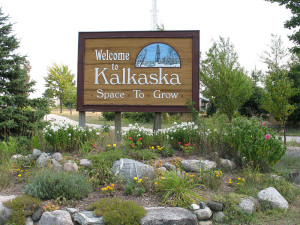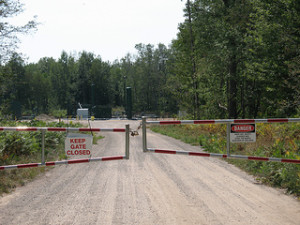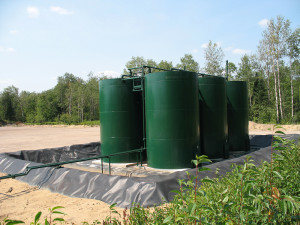
5:32 AM
Fishing!
Bleary eyed, I rolled out of bed and slowly pulled on a tshirt, long-sleeved shirt, flannel, sweatshirt, and jacket. Tossing a bigger jacket, raincoat, and extra socks into my bag, I dragged myself to the kitchen and immediately flipped the switch on the instant kettle. Give me coffee.
“Ready Kate?” My dad was excitedly bouncing back and forth between the door and the kitchen. Outfitted and ready to go he’d been up since 3:00. “Gimme a minute,” I mumbled as my brain struggled to register his words.
We got to the Manistee just as it was getting light, though the sun wouldn’t crest the hills for a few hours. We floated down the river, anchoring just above a hole. My dad was nearly vibrating with excitement. I was shivering.
I am still learning how to fish. I am a confident caster but my hookset is subpar to say the least, the only fish I catch are the ones that literally hook themselves. The chatting and laughing in the boat is often interspersed with a loud, “Set the hook!” “That’s a fish!!” “Kate!” “What are you doing?? Stop looking at the birds!”
To be fair, we saw an incredible number of birds that day, including an osprey, a pair of great blue herons, and even some fishing Arctic terns on their way back north. But, as I was repeatedly reminded, we were out there to fish not to bird.

The team effort.
“The next one is yours.” My dad said after landing the biggest fish I had ever seen in real life. I nodded a little apprehensively, “Okay, let’s do it.” I had already caught a couple trout that I was excited about but we were steelhead fishing which meant I was graduating from trout to wilder fish.
“Kate! Get over here!” The rod was bent, line taut, with the fish way down the river. Hang on to the rod, do not lose the rod, hang on to the rod was the running commentary in my head.
I grabbed the rod, determined not to lose another fish. “Reel, let go, lower, reel, reel, let go, pull up, up, are you kidding what is that!” I leaned back and pulled as high as I could, barely lifting the line enough to net the fish.
Since moving to Michigan I have struggled to find activities to replace my previously adrenaline-fueled mountain lifestyle. Fishing with my dad has become a grounding way for me to connect with this place. Watching the mist rise off the river in the morning, celebrating when the sun finally reaches the water, and studying the fishing habits of the birds sharing space with us have allowed me to truly experience and value our public waters.

But my favorite part of fishing is the minute after releasing the fish back into the water. The huge grins and wildly waving hands that go along with the immediate retelling of how we landed the fish, how quickly it broke off, or how badly I misjudged whether I had hooked a log or a monster.
I love how the stories inevitably get exaggerated, repeated around dinner tables and over beers at the beach. The retellings allow me to go back to that exact moment we were laughing after landing one, soaked and freezing in the sleet, or getting distracted by eagles together on the river.






